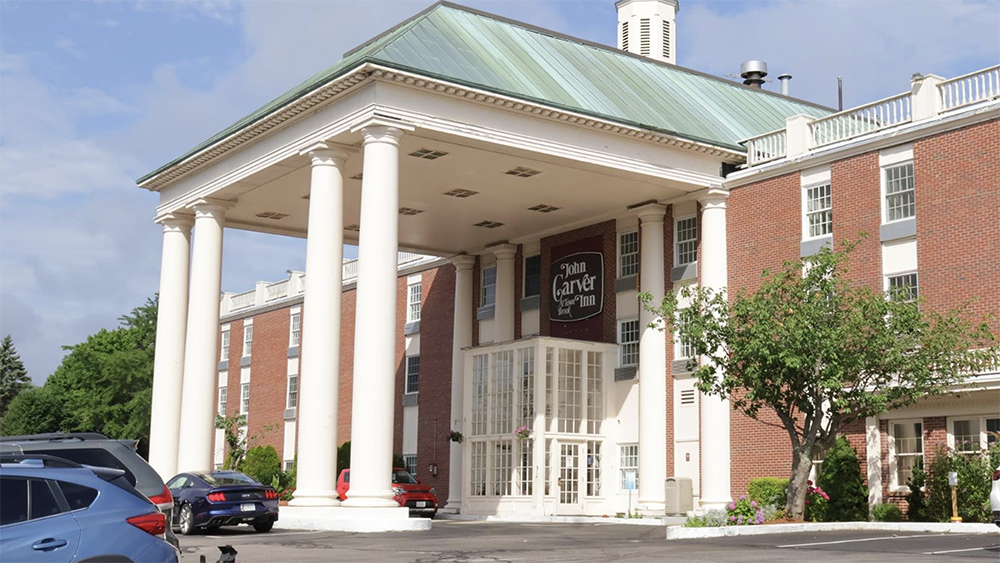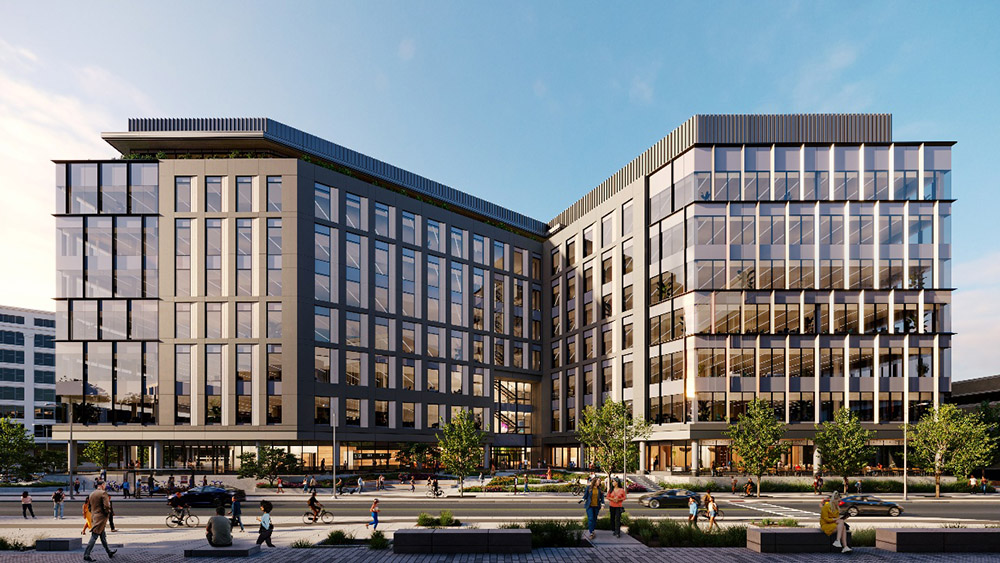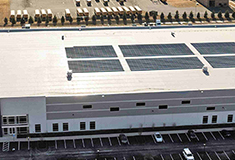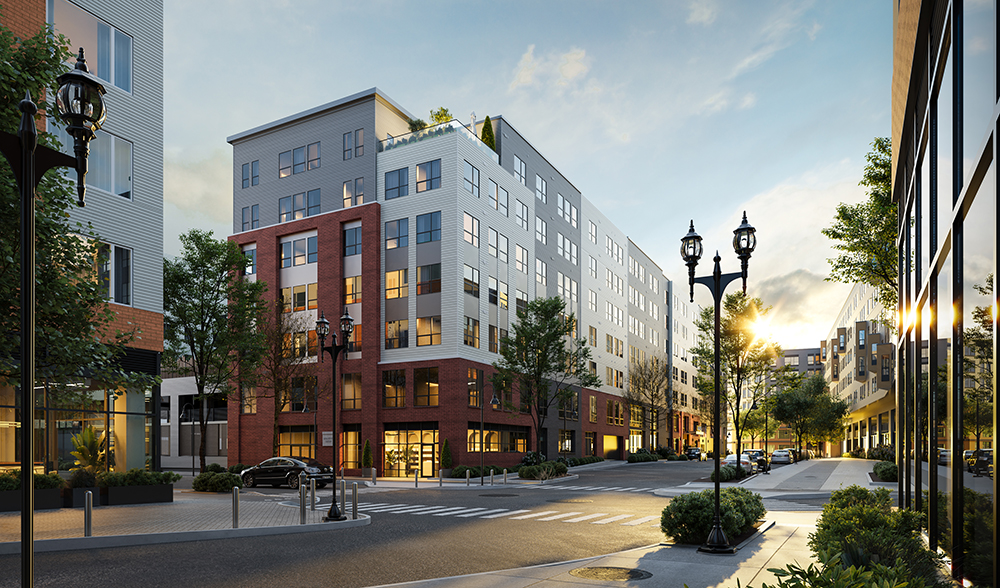News: Owners Developers & Managers
Posted: October 2, 2007
Building self-storage facilities in Canada: Plenty of room for growth and investment
The self-storage industry in the United States is big business. Since it started in the sixties, it has grown to over 40,000 facilities nationwide and generates revenues that exceed Hollywood's film industry.
By contrast, self-storage is a fledgling business in Canada, with fewer than 3,000 facilities. But those who have accepted the challenge of ownership are finding it to be well worthwhile, and even though Canada is virgin territory for self-storage, the word is out. Canadian investors are beginning to recognize the business as an excellent investment, with a better return on investment than most real estate and a faster turnaround to positive cash flow status.
Plenty of Room for Growth
In spite of the interest, finding quality product has become an issue. This situation has prompted Canadian owners to look south to the U.S. manufacturers for help and advice. While getting a facility up and running in the states is relatively uncomplicated for a U.S. manufacturer, the process becomes more involved and complex when doing business across the border. The reasons are predictable. To begin with, building design and engineering become an issue simply because engineering specifications must be reviewed and approved by Canadian engineers. For example, concrete slab details must meet Canadian specifications.
Once drawings are stamped and components are manufactured, getting them shipped into Canada becomes a challenge. Some stateside manufacturers ship product on their own trucks, but this won't work going into Canada. As a consequence, U.S. manufacturers' cost estimates will be based on "materials only," and require the outsourcing of transportation.
Autonomy of Canadian Laws
Provinces in Canada are somewhat independent, similar to individual states in the U.S., in that they have their own building codes and laws. It means building a facility in Ontario may require adherence to different codes, than say, building in Quebec, thus creating one more challenge to overcome. At the same time, certain national laws inhibit U.S. companies from offering complete services. Case in point: Labor becomes a serious issue because Canadian law prohibits a U.S. construction crew from erecting buildings in Canada. Since some manufacturers, like BETCO, offer professionally trained construction crews, the law prohibits them from acting as a single-source manufacturer.
The Impact of Weather
Some of us in the states have experience in dealing with cold weather, particularly in areas like New England, where I live and work, but nothing compares with the unusual circumstances that arise in some areas of Canada. For example, in the U.S., frost walls are normally dropped 48" into the ground, but in parts of Canada, they may have to go as deep as 6 ft. to avoid the possibility of concrete slabs being pushed up or buckled in cases of extremely cold weather.
Certainly severe weather can also narrow the windows of opportunity open for construction work to be done. Perhaps the impact of weather on virtually everything in the country may account for why Canadians insist upon quality in all aspects of their life. Surviving long and sometimes brutal winters necessitates that products of all kinds be superior, long lasting, and weatherproof.
Case Study
Now comes an exercise in practicality. In spite of all of the prohibitions mentioned, I was able to get a foothold in Canada and develop new business in Quebec. But it didn't happen without a great deal of patience, planning, and perseverance.
To begin with, Pierre Harvey was brought on as a BETCO sales representative. Pierre is a French Canadian and owner of Harvey International. His background in international trade helped in several important ways: He spoke the language and when it came to shipping the product over the border, he handled duty and tax issues along with a freight brokerage firm. He also monitored the project, and worked closely with the customer and the Canadian engineering firm.
The project is owned by Luc Robichaud and located in Windsor, Quebec, which is a suburb of Sherbrooke, about 70 miles from Montreal. Sherbrooke is a city of about 150,000 people, with only 40,000 s/f of existing self-storage, so the market was ripe for additional storage. The project, named Brompton-Windsor Entropsage, is 3,000 s/f, which is the first phase of a planned 20,000 s/f facility.
As mentioned earlier, a BETCO construction crew was not allowed to erect the buildings, so a Canadian crew was hired by the owner. However, BETCO supplied a construction consultant to be on-site to make sure that the buildings were assembled and erected to BETCO specifications.
From the perspective of a U.S. manufacturer, the project had some obstacles, but it has turned out to be a very successful venture for all concerned.
Henry Tracz is a sales consultant for BETCO, Burlington, Conn.
MORE FROM Owners Developers & Managers
Mount Vernon Co. acquires John Carver Inn & Spa in Plymouth, MA
Plymouth, MA The Mount Vernon Company (MVC), a Boston-based real estate and hospitality investment firm, has completed the acquisition of the John Carver Inn & Spa, an 80-room property.

Columns and Thought Leadership

Selecting the right façade installation firm - by Steven Powell
As the owner of a major new property being developed, or an existing large building preparing for major renovation, you want your design and construction team to have the right experience, capabilities, and expertise to match the project demands. A critical member of this team will be the façade installation specialty firm, since the quality of this installation will impact

Recently passed legislation creates opportunities to meet CT’s changing energy needs - by Klein and Feinn
For decades, New England has had a summer-peaking power system, where the greatest energy use occurs on the hottest and most humid days, due to widespread use of air conditioning. But by the mid-2030s, electrification of the heating sector likely will result in a winter peak that’s higher than the summer peak.

IREM President’s Message: Fostering community connections during the holiday season
The holidays are again taking center stage, and with them comes an opportunity for multifamily communities to connect with the businesses and organizations in their cities and towns, fostering a sense of unity and generosity during this giving season

.png)





.png)
